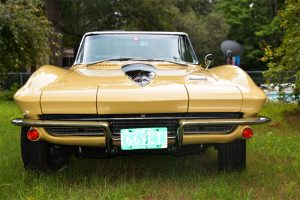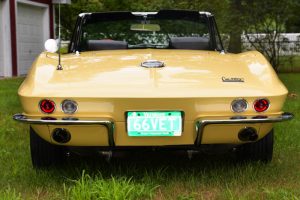A collaboration between the museum and our VAE, June 15 & 16.
The first was in 1969 and it was called the “Shelburne Vintage Automobile Exposition”. Different name, same great fun.
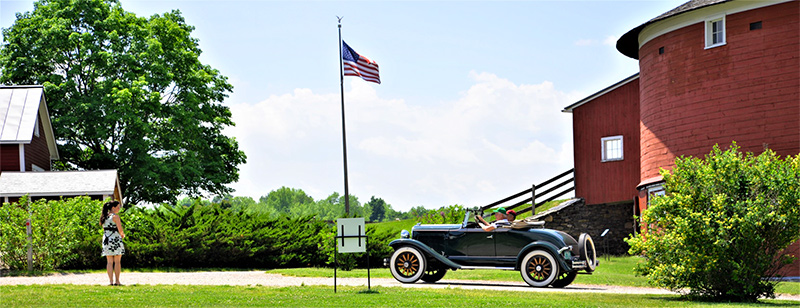
June of 1995 was the 17th VAE Annual Vermont Auto Expo at the Essex Jct. fairgrounds and it’s last. From old Wheel Tracks archives, the weather was great but for some reason Les Skinner was forced to leave his position as ‘The Weather Chairman’. (We will not ask Les about this, as we doubt we will get an accurate answer).
The January 1996 Wheel Tracks announced, a successful contract was complete, and the June show will change addresses to the Shelburne Museum. Bill Erskine recounted his negotiations with the museum in a one page announcement and description of the new expo in Shelburne. He and Tom McHugh had been co-chairs at Essex and would continue. Bill commented on successfully convincing the museum of the importance of a flea market and a car corral, a well attended show depended on them to draw the public. Bill reported in the July Wheel Tracks that the show was a total success. He reported there were a few “unplanned stops” in the parade from Battery Park. There were countless comments about the museum’s “spectacular setting” and the owner of the ‘Best of Show’ was quoted as saying during the 20 years of going to car shows, this had been the best one. Financially, the club broke even the first year.
July 1997 Wheel Tracks, Mary Mazur reported a bit of a problem in the Shelburne show parade. The 150 cars in the parade down Church Street was too much for the Police Department to handle!….Yes, one hundred and fifty cars!! The 1996 car count at the museum was 246 and this year it was over 300. There were over 3300 people who went through the museum gate that year. Dick Messier combined three expo shows in Essex and the two in Shelburne on a video tape and made them available for $5.00. (Does anyone have one of these tapes for one of our gatherings?)
The May 1998 business meeting minutes, as reported by Fred Cook included a request from show co-chair, Bill Erskine, urged everyone’s help with the weather aspect. Fred added…”I think he means pray”. Mary Mazur reported in July the show was, again, a success. The weather was cloudy and a bit chilly but the car and spectator attendance was similar to the previous year. The parade was sorted out and “a good one”. It had been reported the flea market vendors and car corral had been unhappy the first two years because of location and a dusty parking lot. This year nothing had changed that we can find but Mary reported everyone was happy. She explained that it might have something to do with Mr. Rick’s Chuckwagon and Ben & Jerry’s vendors were added to the flea market area. Mary reported that Carol Lavallee’s fashion show was “fabulous”!
August 1999 Wheel Tracks reports the May board minutes and the decision to change the Shelburne show name to “The Vermont Vintage Auto Exhibition”.
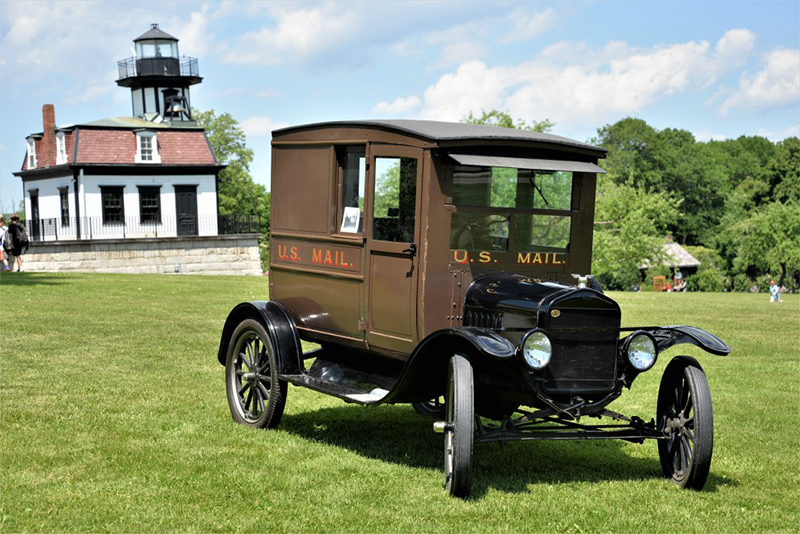
The July 2000 Wheel Tracks has some of Avery Hall’s ‘observations’….. The weather was great! The 300 car number was added upon by 45 tractors for “The Antique Tractor Pull”. Frank Mazur and his crew greeted and got the cars to the right places in the upbeat spirit of the event. Tom McHugh had successfully “grown” the flea market. Fred Cook and Willis Spaulding & crew manned the Courtesy Tent and he had never seen it more busy. Rick and the Ramblers with Shana Antoniuc entertained the crowd with Western and Auto related music. Steve Dana gave rides and thrills to lucky folks in his Kissel Speedster. From Avery…” Speaking for myself, I had a great time driving around the grounds in my Packard Phaeton…I truly think the moving cars added, a new spirit to the event since people love to see them in operation”.
November 2006 Wheel Tracks. It appears the June 2006 show at the Shelburne Museum was the end of that eleven run. The VAE board minutes simply noted, “ Since the Shelburne Museum venue, no longer appears to be available, discussion turned to other possibilities…..”
So..this year, 2019, our show at the Shelburne Museum will be Number 14….a very good number!
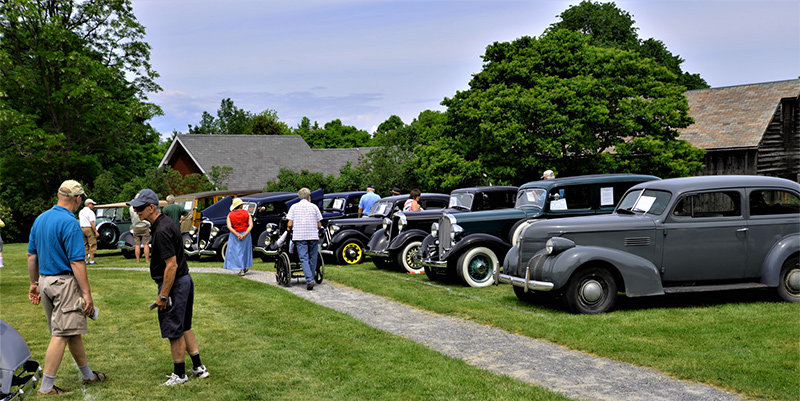










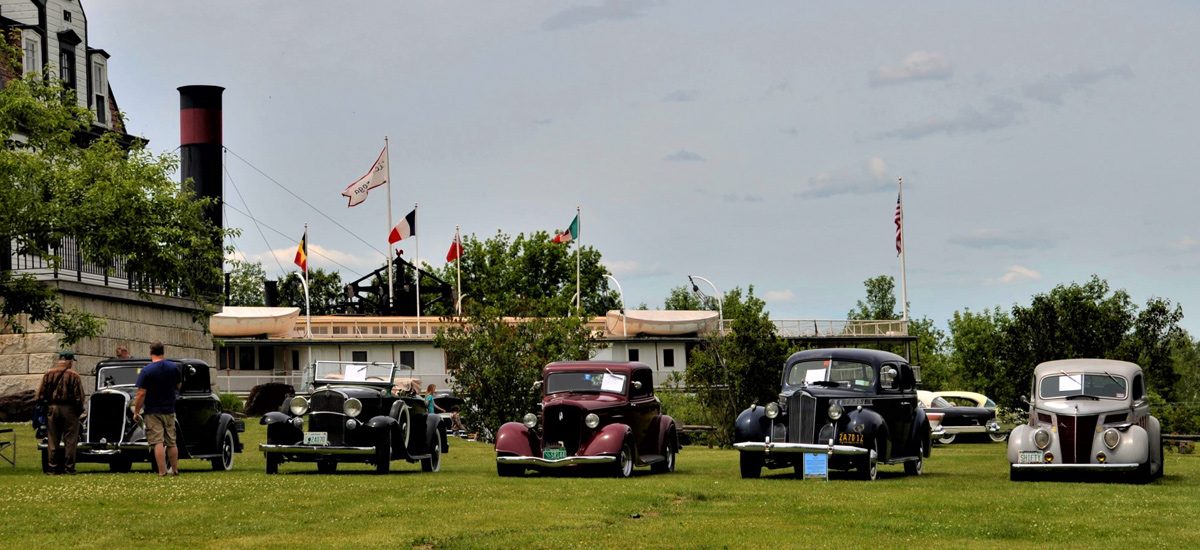

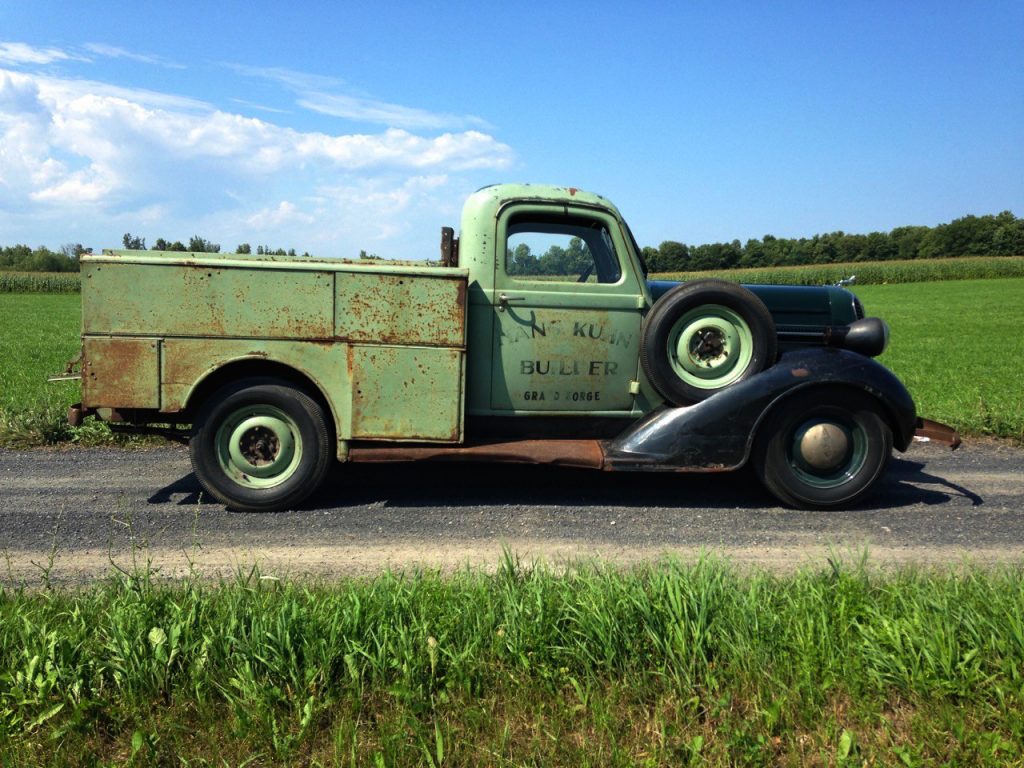
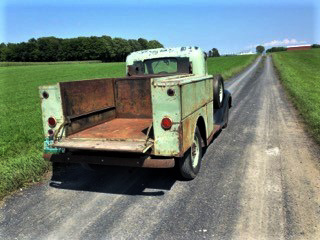
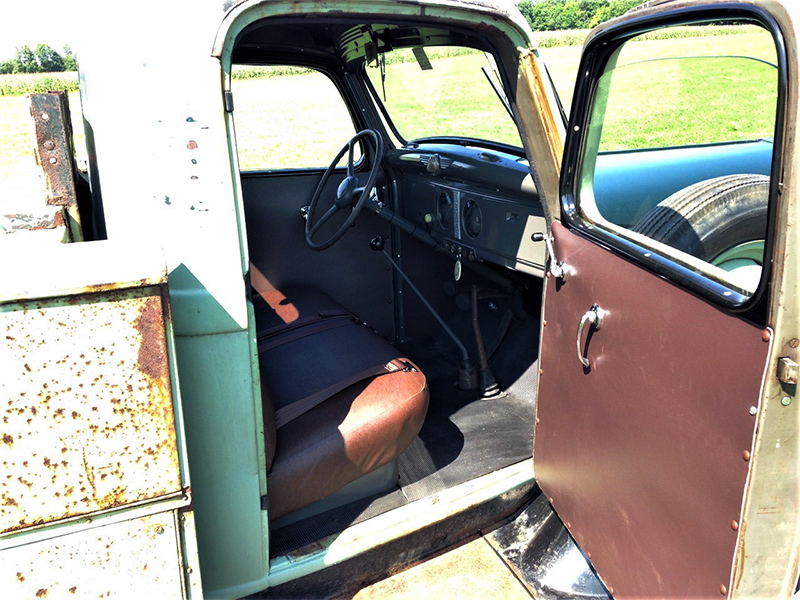
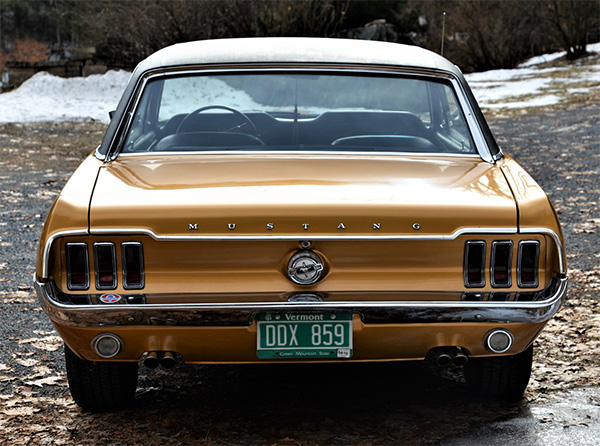
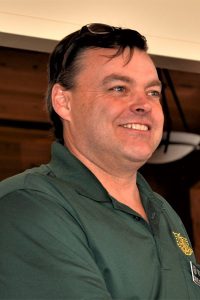
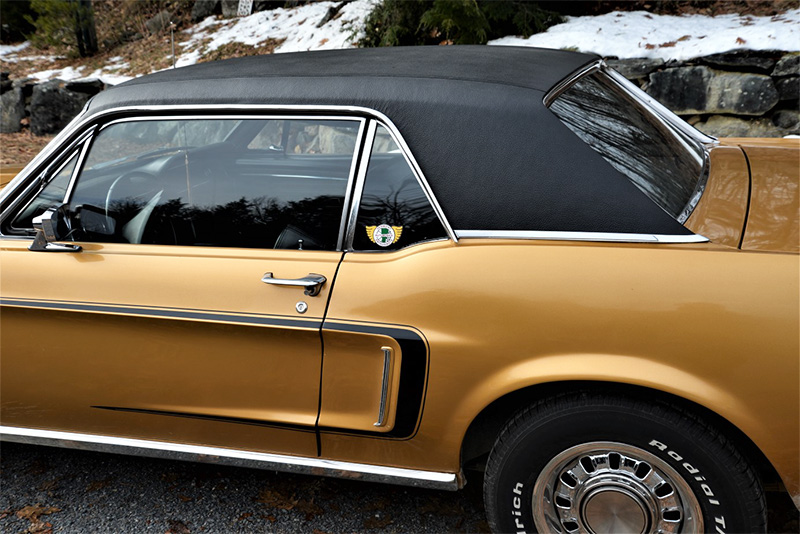
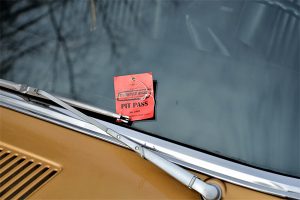
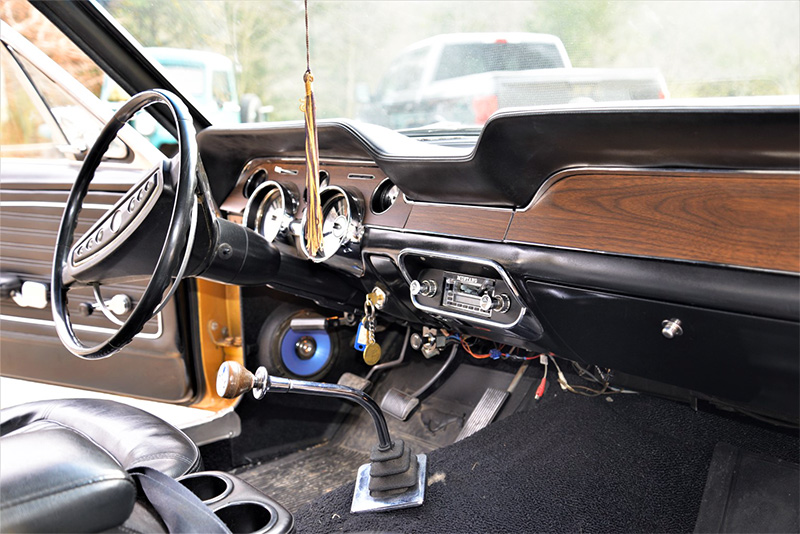
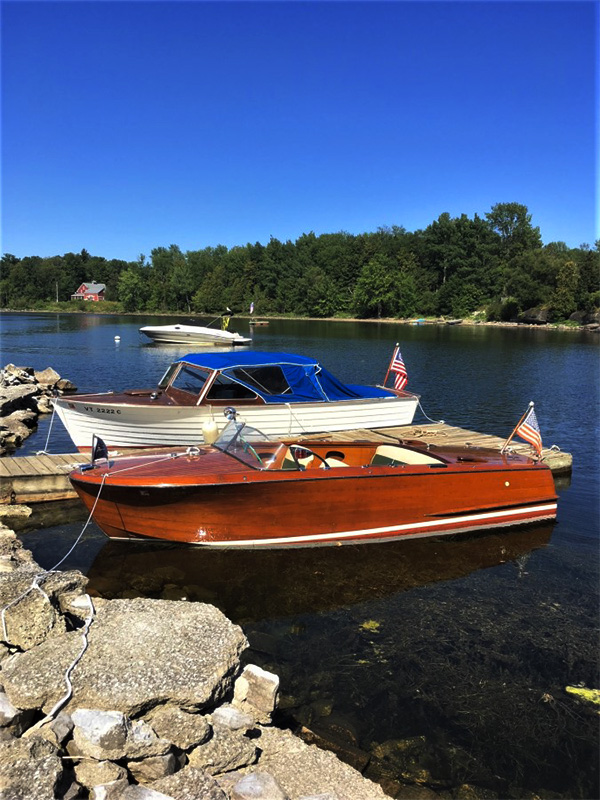
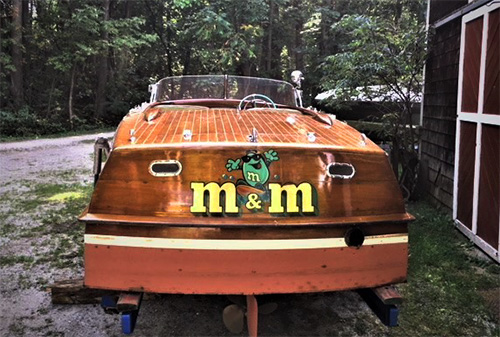
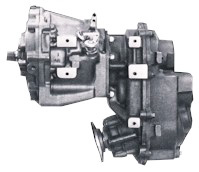
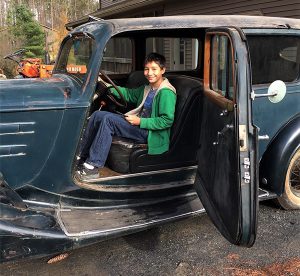
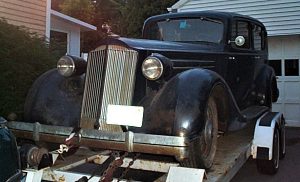
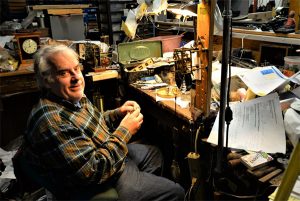
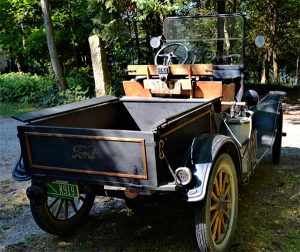
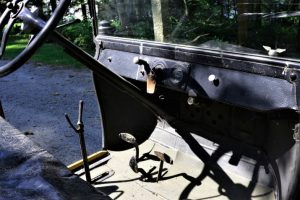
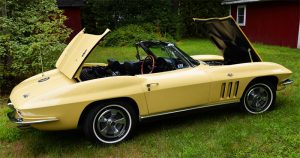 My interest in Corvettes probably started back in 1954 when some friends and I attended the General Motors Motorama Show in Boston where the highlight of the show, for me, was the fairly new Chevrolet Corvette display. However, it would be 21 years later that I would become the owner, of one of these cars.
My interest in Corvettes probably started back in 1954 when some friends and I attended the General Motors Motorama Show in Boston where the highlight of the show, for me, was the fairly new Chevrolet Corvette display. However, it would be 21 years later that I would become the owner, of one of these cars.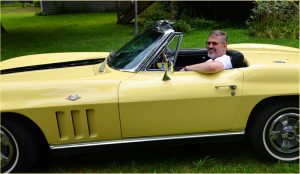
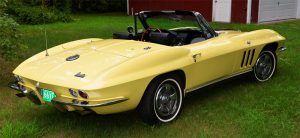 Since the very beginning the engine ran smoothly, but smoked moderately, however, eventually I detected a slight noise in the lower end. Before things got worse, I pulled the engine and transmission. It took a year to complete engine and transmission overhaul. A new radiator and rebuilding the wiper/washer, the carburetor, the distributor and the fuel pump was also done at this time.
Since the very beginning the engine ran smoothly, but smoked moderately, however, eventually I detected a slight noise in the lower end. Before things got worse, I pulled the engine and transmission. It took a year to complete engine and transmission overhaul. A new radiator and rebuilding the wiper/washer, the carburetor, the distributor and the fuel pump was also done at this time.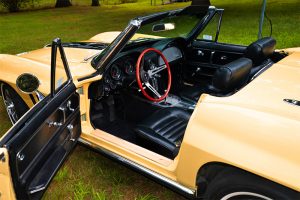 One thing that always bothered me about this car was that the electric clock never worked. So one day I took it apart and found the manufacturer’s name. To my surprise, I was able to purchase parts (at a car show). I had the face silk-screened and reinstalled it. This was great, but it made the rest of the dash look terrible. You guessed it, out came the main dash, matter of fact, out came the whole interior, seats, carpet, belts… every-thing. This was the point where we decided that we could not reinstall a new interior unless we had the body repaired and painted. Since I didn’t really have a place to do the work or the paint and my own body was now needing some restoration of it’s own, we had no choice but to have this done by an outside source. While this was being done I totally restored the seats and recovered them. In 1966 some of the options available were seat headrests and shoulder belts. These were available through Corvette restoration parts suppliers so I added these two features.
One thing that always bothered me about this car was that the electric clock never worked. So one day I took it apart and found the manufacturer’s name. To my surprise, I was able to purchase parts (at a car show). I had the face silk-screened and reinstalled it. This was great, but it made the rest of the dash look terrible. You guessed it, out came the main dash, matter of fact, out came the whole interior, seats, carpet, belts… every-thing. This was the point where we decided that we could not reinstall a new interior unless we had the body repaired and painted. Since I didn’t really have a place to do the work or the paint and my own body was now needing some restoration of it’s own, we had no choice but to have this done by an outside source. While this was being done I totally restored the seats and recovered them. In 1966 some of the options available were seat headrests and shoulder belts. These were available through Corvette restoration parts suppliers so I added these two features.